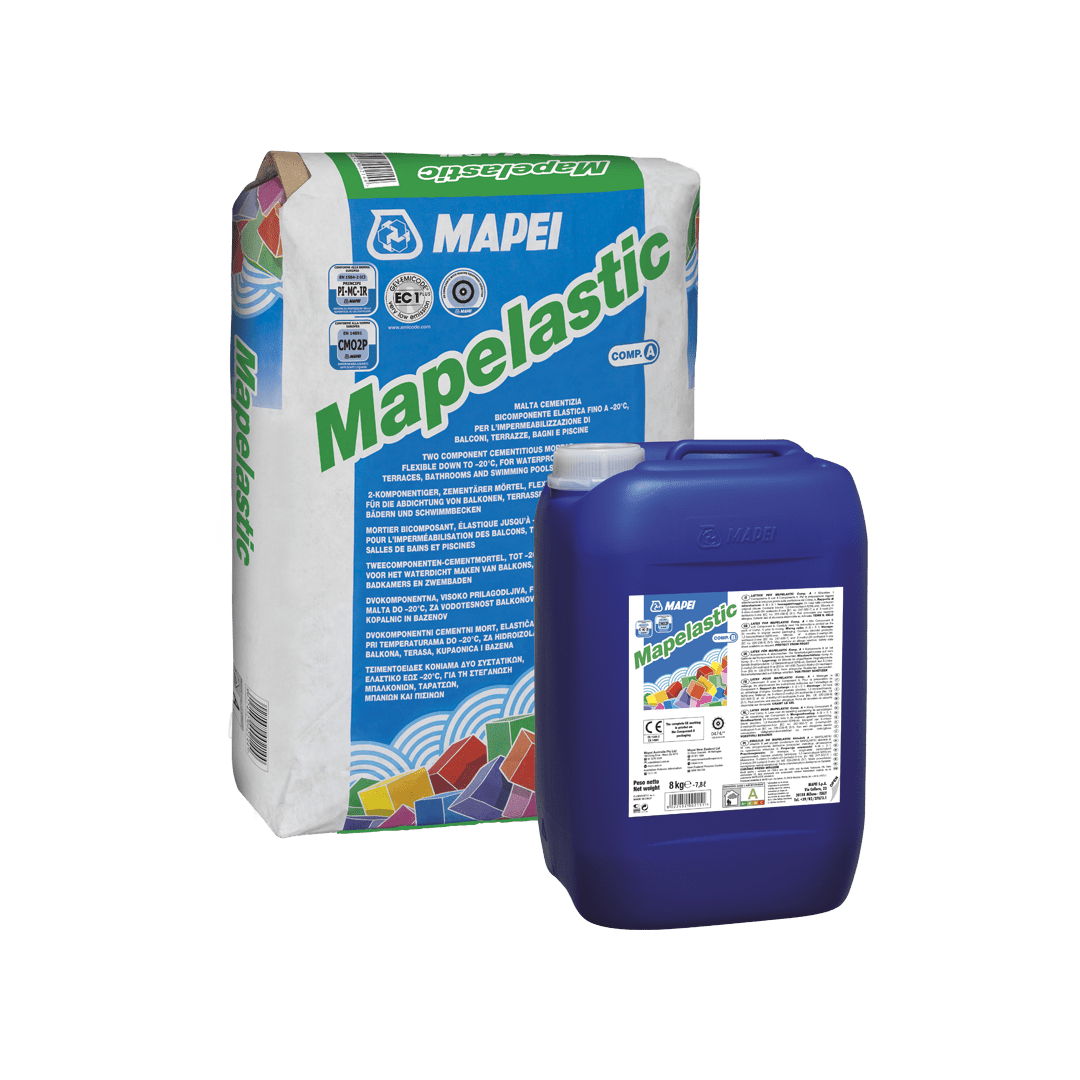You need to take certain measures when installing tiles on surfaces on terraces and balconies and they should never be underestimated if you want to carry out work successfully and to the highest standards.
We met up with our colleagues from Technical Services who gave us some useful pointers to reflect on: waterproofing systems instead of waterproof grout, adhesives that take into account the particular characteristics of the tiles; but that’s not all.
What layers do you normally find underneath ceramic tiling on a terrace?
We generally find various types of materials underneath ceramic tiles on a terrace or balcony: adhesive, a waterproofing layer, the screed, a slope and concrete, for example. In this stratigraphic section, we also often find insulating panels, bituminous waterproofing systems and important accessory products and items such as adhesion promoters, a vapour barrier or reinforcing mesh for the screed. Successful installation of the entire system depends on how each single element underneath the floor is installed, and not just on the adhesive system chosen.
What type of adhesive should be used to install ceramic tiles on terraces and balconies?
Which adhesive to use depends on the type and size of the tiles to be installed. Considering the service conditions in external surroundings (aggressive atmospheric agents or heavier loads than with internal ceramic covering), we generally tend to prefer class 2 improved adhesives compliant with the relative European standard (EN 12004) that covers the classification of adhesives.
For medium to large size tiles, for example, such as those with one side between 30 cm and 60 cm long, it is recommended to adopt class S1 deformable adhesives (for example KERAFLEX MAXI S1, which is classified C2TE S1 according to EN 12004). Their deformability may even be considered an added value in the case of tiles installed on deformable substrates, such as those waterproofed with MAPELASTIC system.
Do the tile joints on terraces need to be waterproof?
It’s not a requirement. Waterproofing is achieved by employing specific, seamless systems and cannot be guaranteed solely by making joints waterproof.
Is it possible to bond ceramic tiles on an existing ceramic floor of a balcony?
You have to take various factors into consideration: the size of the balcony, the size and type of the existing tiles and of the new tiles to be bonded and the presence of joints in the old flooring. As far as Mapei is concerned, our guidelines recommend that, when installing a new floor over an old external floor, after preparing the surface as specified, you need to place a deformable waterproofing system such as MAPELASTIC between them. By doing this, MAPELASTIC guarantees that the layers underneath will remain waterproof and, thanks to its deformability, it will reduce the stresses induced by the presence of two floors, one on top of the other.

